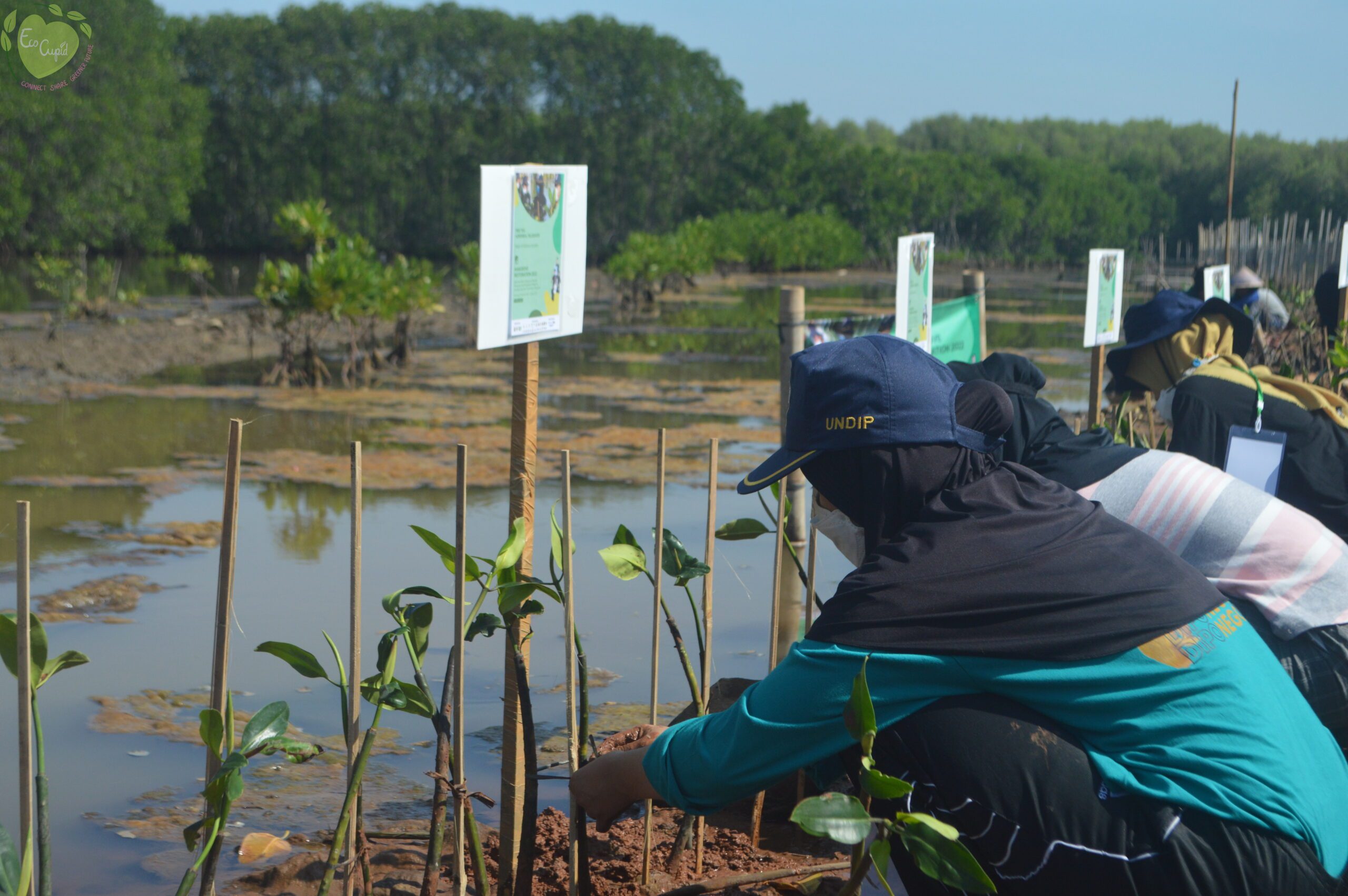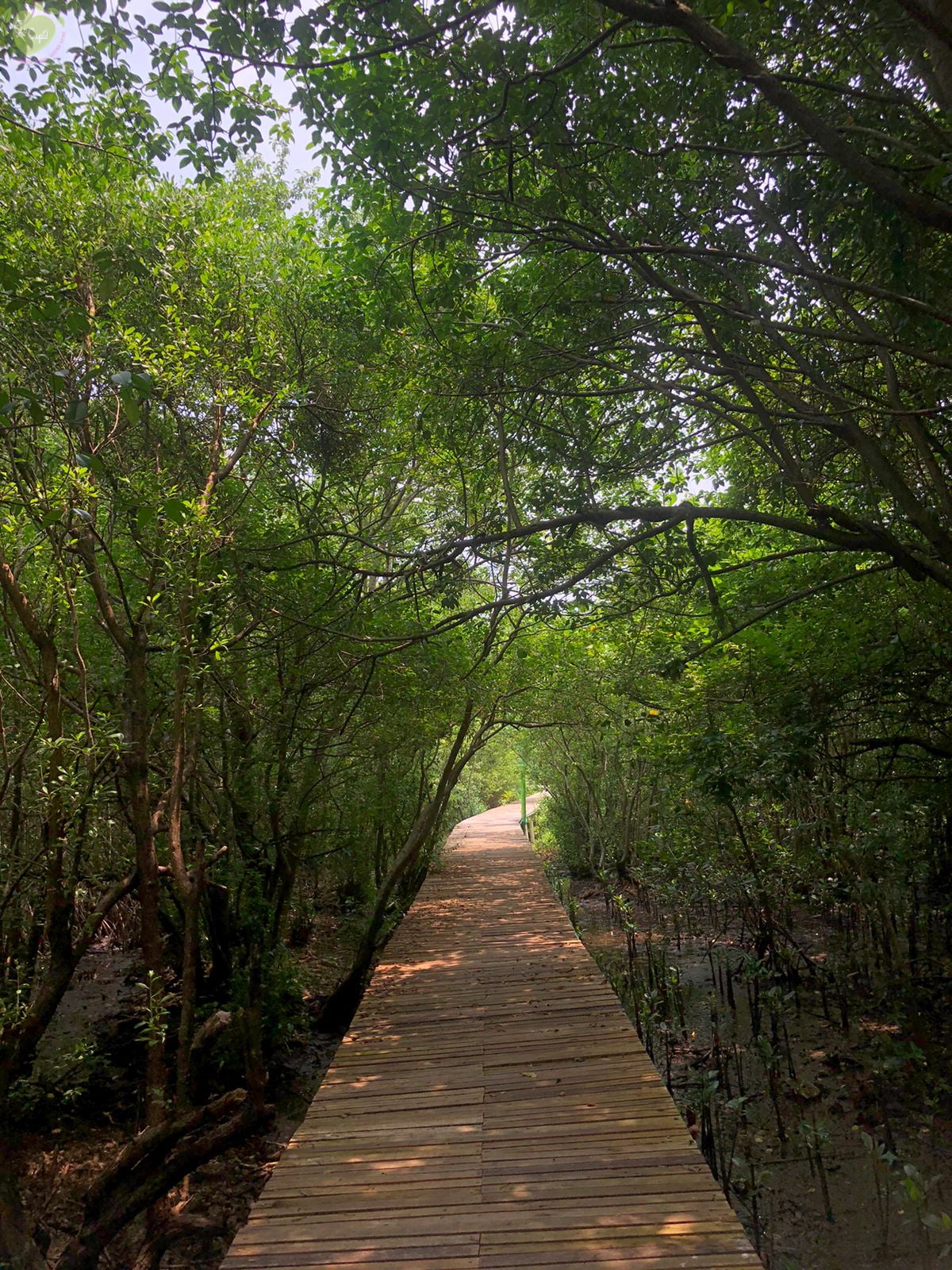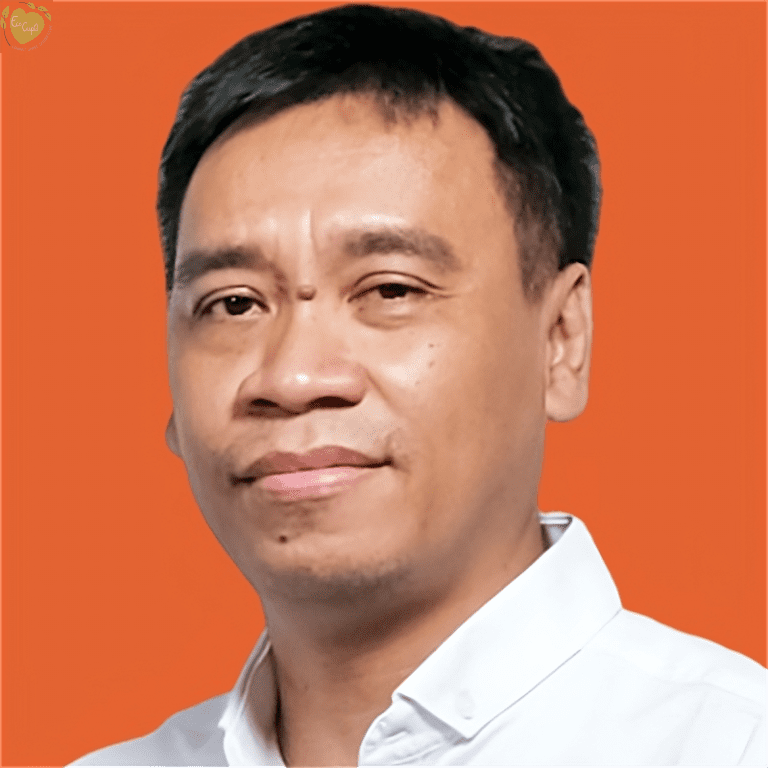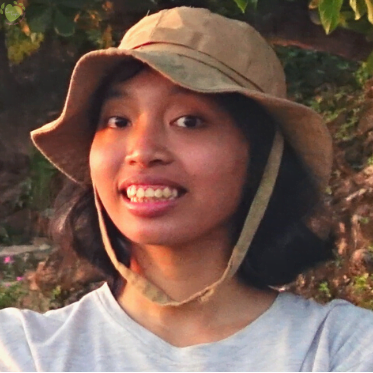Eco-Heroes
Guardians of the Coastline: KeSEMaT’s Journey to Protect Mangroves
22 June 2023
By Dia Marganita
KeSEMaT is a stalwart mangrove conservation network spanning multiple cities in Indonesia through research, campaigns, education, and community empowerment.
You are walking along the coastline, enjoying the ocean breeze and the sun’s warmth wrapping around your body. As you walk and look around, you see several peculiar-looking trees there. For those who are not familiar, the sight of these trees might make you wonder about their unique features and purpose there. But for those who are familiar, you guessed it right: those trees are what we call “mangroves”.
Mangroves are unique species of trees that have adapted to live in coastal conditions. Even though mangroves live in quite different places compared to your typical trees, they also serve as carbon storage and provide a home to biotas, just like any other tree. In addition, mangroves protect against abrasion, tsunamis, and extreme weather in their surrounding coastal areas. Despite the ecological benefits, mangroves worldwide face threats of forest degradation due to human activities.
In the North Coast of Java, logging has become the primary cause of mangrove loss. To combat this, KeSEMaT (Kelompok Studi Ekosistem Mangrove Teluk Awur)—a student group from Diponegoro University (UNDIP)—aims to conserve mangroves through research, campaigns, education, and community empowerment. KeSEMaT was initiated on October 9, 2001, by nine marine science undergraduate students who shared concerns about the extensive logging of mangroves for urban and industrial development. This initiation was supported and later supervised by Dr. Rudhi Pribadi, a lecturer specializing in mangrove ecology and marine botany.

From Rehabilitation to Affiliations: KeSEMaT's Evolution Over the Years
Initially, KeSEMaT focused on rehabilitating deforested land on the coast of Teluk Awur. Then, starting in 2005, KeSEMaT continued to create networks and affiliations to support the mission of mangrove conservation across cities in Indonesia. Later, in 2009, KeSEMaT founded KeSEMaT Mangrove Volunteer Community (KeMANGTEER) to accommodate volunteers who want to participate in the conservation of mangrove forests. To this date, KeMANGTEER has spread across 12 cities in Indonesia.
KeSEMaT also took the next step of establishing a mangrove product and service company named CV. KeSEMaT Mangrove Indonesia (KeMANGI) in 2011. This company was founded to empower coastal communities to share in the economic benefits and to be part of producing non-wood mangrove products, such as batik (a traditional hand-printed cloth from Java Island), snacks, and coffee.
In 2014, KeSEMaT established a foundation called Yayasan Inspirasi Keluarga KeSEMaT (IKAMaT) to campaign about mangrove conservation to wider communities. Over time, members who graduated and joined the KeSEMaT Alumni Network (AMaT) formed a community in 2018 to accommodate the AMaT network named KeAMaT, which stands for Keluarga Alumni KeSEMaT.

Mangrove is Lifestyle: Empowering Communities and Conserving Ecosystems
KeSEMaT has two flagship programs: “Mangrove is Lifestyle: Saving Mangrove Ecosystems and Empowering Communities on the North Coast of Java” and “Concept Development and Implementation of the Creative Mangrove Industry in Indonesia”. These two programs are the focus programs developed by KeSEMaT along with the residents involved.
For the “Mangrove is Lifestyle” program, KeSEMaT wishes to integrate mangroves into the community’s lifestyle. KeSEMaT holds various campaigns, educational initiatives, training, and mangrove seedling planting activities through this program. According to the Mangrove Tag website, it was recorded on 20 June 2023 that 1,037,386 seeds were planted with a total area of 103.69 hectares and a survival rate of 71.37%. This survival rate is considered high since the dynamics of coastal areas frequently make it difficult for the planted seeds to survive. The potential absorption of carbon emissions from mangrove forests is also estimated to reach 364,586.92tons CO2e.

As of today, KeSEMaT has two sites, each in Jepara Regency and Semarang City. In Jepara Regency, Teluk Awur Village to be precise, the Mangrove Education Center of KeSEMaT (MECoK) Ecopark was built. MECoK is used as an education center regarding mangrove species and one of the land areas for mangrove conservation by KeSEMaT. KeSEMaT and the local community are currently developing the MECoK area to be an ecotourism site. Then, there is Semarang Mangrove Center (SMC), which is the production center of mangrove products and ecotourism based in the coastal area of Semarang City.

The products produced and sold at SMC include snacks, coffee, and batik. In developing these products, KeSEMaT works with local housewives and uses base ingredients from mangrove parts. For instance, Bruguiera mangrove fruit is made into lindur flour, then processed into snacks, such as crackers and cakes. As for coffee, the mangrove fruit of Rhizopora mucronata is mixed with robusta coffee beans. This coffee is known for boosting the body’s stamina and providing a rich source of antioxidants. Lastly, batik is made using natural dyes from mangrove propagules which are natural and environmentally friendly. These products then get promoted and sold through CV. KeMANGI is available in online marketplaces like Shopee.
“With [these] activities from KeSEMaT, we [aim to provide] good literacy to make people aware that the economic benefits of mangroves actually exist and can help improve the livelihoods of local residents,” explains Mr. Aris Priyono as one of the KeSEMaT co-founders.
Then and Now: Consistency and Persistency are the Keys to Sustainability
KeSEMaT’s progress in carrying out the mission of conserving mangrove forests has been marked by a series of challenges that have emerged as valuable lessons throughout its 22 years of operations. One of the first challenges encountered by KeSEMaT was the need to establish trust and build strong relationships with the local communities. This process took considerable time and effort. At first, KeSEMaT encountered three different groups of residents, but the first two did not align with their vision. However, when KeSEMaT finally connected with the third group, a fruitful partnership was formed that continues to endure to this day. That collaboration stands alive and well, as the products are still being produced, and KeSEMaT is assisting the residents on a weekly basis.
Another significant challenge KeSEMaT faced was the limited understanding from coastal communities about the value and importance of mangroves. Initially, the local people only knew about the economic benefits of mangroves from selling mangrove tree wood, unaware that it was destroying the existence of mangrove trees. To address this knowledge gap, KeSEMaT took on the responsibility of educating and empowering the local community. By promoting awareness and providing creative alternatives for utilizing different parts of the mangroves to create marketable products, KeSEMaT enabled the local community to embrace sustainable practices.
Last but not the least, consistency and persistence are vital to success.
“So actually, the challenge is more on how we can be consistent in one place and persistent in that location so that the community believes that we are accompanying them all out like that, rather than us choosing a scheme or concept that changes every year in each location and [changes] people again. In the end, the products [and projects] also can’t be sustainable, and [the locals] might experience trust issues as well, and all kinds of things that end up causing more problems, and products [and projects] unable to develop,” says Mr. Aris.

Spreading the Message: KeSEMaT's Invitation to ASEAN Youth for Replication
As a 22-year-old organization, KeSEMaT has been going strong with its impactful programs. Not only saving mangrove forests from destructive activities, but KeSEMaT also successfully fosters networks and affiliations that protect and benefit from mangroves. As one of the organization’s founders, Mr. Aris has a message for ASEAN youths who are reading this article:
“We are very welcome for anyone who might be interested in replicating our activities in their respective areas. Hopefully, in the future, there will be an opportunity for us to replicate or convey our activities in Indonesia, which have been appreciated by the government, to the ASEAN level so that the benefits can be widened and broader, that is. At least, [we want] to inspire the younger generation within ASEAN to do good things, especially to preserve coastal mangrove ecosystems.”
(Edited by Amanda Tolentino, Maudy Widya, & Bryan Yong)
References
Mangrove Tag. (n.d.). Pantau. Retrieved June 20, 2023, from https://mangrovetag.com/pantau/
Our featured Eco-Hero
KeSEMaT (Kelompok Studi Ekosistem Mangrove Teluk Awur) is a stalwart mangrove conservation network spanning multiple cities in Indonesia. Based in Semarang City and Jepara Regency, Central Java Province, Indonesia, KeSEMaT focuses on conserving mangroves in Indonesia through research, campaigns, education, and community empowerment. You can reach out to them at https://www.facebook.com/kesemat
This article was produced with support from YSEALI SEEDS for the Future grant 2023.


Dia Marganita
Dia Marganita is a recent graduate majoring in Oceanography from Indonesia. She enjoys taking long walks and playing with stray cats in her free time. She also loves to read, and it motivates her to create stories that can inspire and move people.
